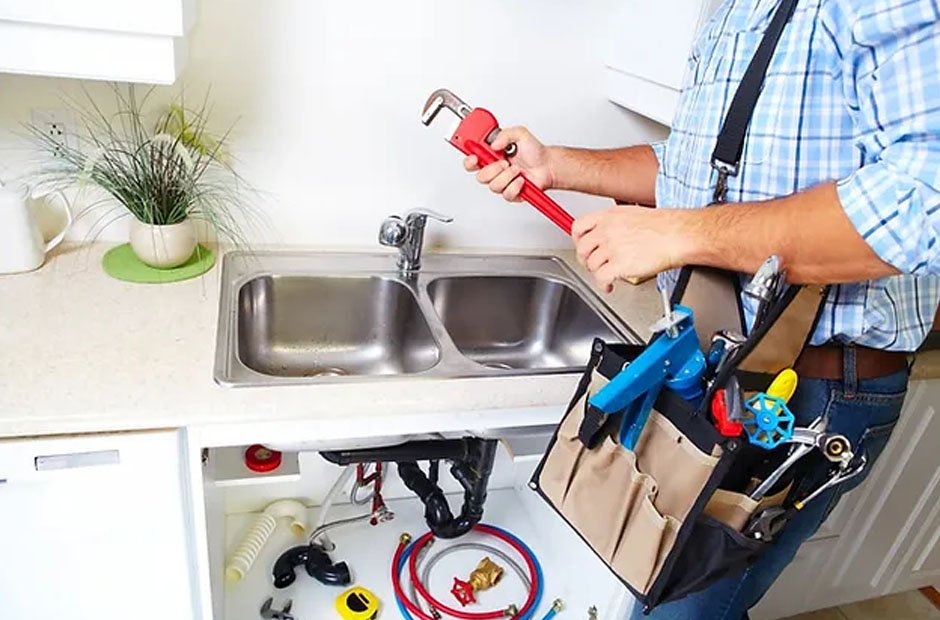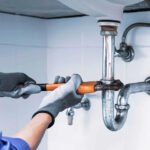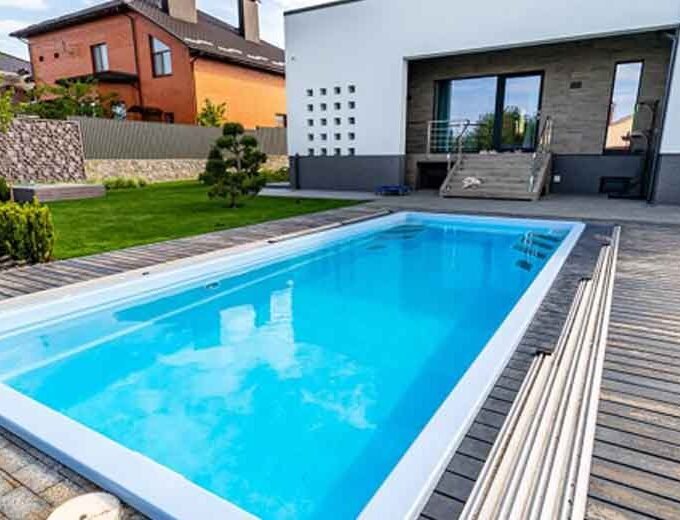Upgrading the plumbing in kitchens and bathrooms from Griffith Plumbing Services is a smart investment that can significantly enhance the functionality and efficiency of these essential spaces. Whether it’s improving water flow, installing modern fixtures, or adding energy-saving appliances, these upgrades can transform your daily routines and increase the value of your home. We will explore various plumbing upgrades for kitchens and bathrooms that can enhance functionality and efficiency.
Plumbing Upgrades for Kitchens and Bathrooms
Modernizing Kitchen Plumbing
Modernizing kitchen plumbing involves several key upgrades that can improve your kitchen’s overall efficiency and convenience. One of the most impactful upgrades is installing a high-efficiency faucet. Modern kitchen faucets include pull-out sprayers, touchless activation, and flow restrictors, which can reduce water usage without compromising performance. Touchless faucets, for instance, use motion sensors to activate the water flow, offering both convenience and hygiene by reducing the need to touch handles with dirty hands.
Upgrading to a high-efficiency dishwasher is another significant improvement. Modern dishwashers are designed to use less water and energy while providing superior cleaning performance. Look for models with Energy Star certification, ensuring the appliance meets stringent efficiency standards. These dishwashers often include features such as soil sensors that adjust the wash cycle based on the dirtiness of the dishes, further optimizing water and energy use.
Replacing old plumbing pipes with modern materials like PEX (cross-linked polyethylene) or CPVC (chlorinated polyvinyl chloride) can enhance the kitchen’s plumbing system. These materials are more resistant to corrosion and scaling than traditional copper or galvanized steel pipes, ensuring a longer lifespan and fewer maintenance issues. Additionally, consider installing a water filtration system to improve the quality and taste of your water, which can be especially beneficial for cooking and drinking.
Enhancing Bathroom Plumbing
Upgrading bathroom plumbing can greatly improve the functionality and efficiency of this frequently used space. One of the most popular upgrades is replacing old faucets and showerheads with water-saving models. Low-flow faucets and showerheads are designed to reduce water consumption while maintaining adequate pressure. These fixtures often use aerators to mix air with water, providing a satisfying flow while conserving water. Installing these fixtures can lead to significant water savings and lower utility bills.
Another important upgrade is the installation of a high-efficiency toilet. Modern toilets use less water per flush than older models, with some using as little as 1.28 gallons per flush. Dual-flush toilets offer even greater efficiency by providing two flushing options: a lower-volume flush for liquid waste and a higher-volume flush for solid waste. This flexibility allows for optimal water usage based on the type of waste, reducing overall water consumption.
Updating the bathroom’s plumbing pipes can also enhance efficiency and reliability. As with kitchen plumbing, replacing old pipes with modern materials like PEX or CPVC can prevent corrosion and leaks, ensuring a more durable plumbing system. Additionally, consider installing a hot water recirculation system, which provides instant hot water at the tap, reducing water waste and improving convenience. This system continuously circulates hot water through the pipes, so you don’t have to wait for the water to heat up, which can save both time and water.
Energy-Efficient Water Heaters
Upgrading to an energy-efficient water heater significantly improves both kitchens and bathrooms. Traditional water heaters can be inefficient and costly, as they continuously heat and store large volumes of water. On the other hand, tankless water heaters heat water on demand, providing hot water only when needed. This eliminates the energy waste of maintaining a hot water tank and can lead to substantial energy savings. Tankless water heaters are also more compact, freeing up valuable space in your home.
Heat pump water heaters are another energy-efficient option. These units use electricity to move heat from the air or ground to heat water rather than generating heat directly. This process is much more efficient than traditional electric water heaters, resulting in lower energy consumption and reduced utility bills. Both tankless and heat pump water heaters are available in various sizes and capacities, making it easy to find a model that meets your household’s hot water needs.
Smart Plumbing Solutions
Integrating smart technology into plumbing systems offers numerous benefits, enhancing functionality and efficiency. Smart faucets, for example, can be programmed to dispense a specific amount of water at a predetermined temperature, ensuring precise control and reducing waste. These faucets can also be operated via voice commands or smartphone apps, adding convenience and ease of use.
Smart water leak detectors are another valuable upgrade. These devices can be installed near water heaters, sinks, and other potential leak sources. They monitor for leaks and send alerts to your smartphone if a leak is detected, allowing you to address the issue promptly and prevent water damage. Some smart leak detectors can even shut off the water supply automatically in case of a major leak, providing an added layer of protection for your home.
Smart thermostats for water heaters can also improve efficiency by allowing you to schedule heating cycles and monitor energy usage remotely. These thermostats can learn your hot water usage patterns and adjust heating schedules accordingly, ensuring that hot water is available while minimizing energy consumption during periods of low demand.
Water Filtration Systems
Installing water filtration systems in kitchens and bathrooms can improve water quality and reduce the need for bottled water. Under-sink water filters and whole-house filtration systems remove contaminants such as chlorine, lead, and sediments, providing clean and safe drinking and bathing water. These systems can also extend the lifespan of plumbing fixtures and appliances by reducing the buildup of scale and other deposits.
In the kitchen, a reverse osmosis filtration system can provide high-quality drinking water directly from the tap, eliminating the need for bottled water and reducing plastic waste. In the bathroom, a shower filter can remove chlorine and other chemicals from the water, improving the health and appearance of your skin and hair. Investing in water filtration systems can enhance the quality and safety of your water supply while contributing to environmental sustainability.
Conclusion
Upgrading the plumbing in kitchens and bathrooms can significantly enhance the functionality and efficiency of these vital spaces. From installing high-efficiency fixtures and water-saving appliances to integrating smart technology and water filtration systems, these upgrades offer numerous benefits, including improved performance, reduced water and energy consumption, and increased convenience. By investing in these plumbing upgrades, homeowners can create more efficient, reliable, and environmentally friendly kitchens and bathrooms, ultimately enhancing their homes’ overall quality and value.
















